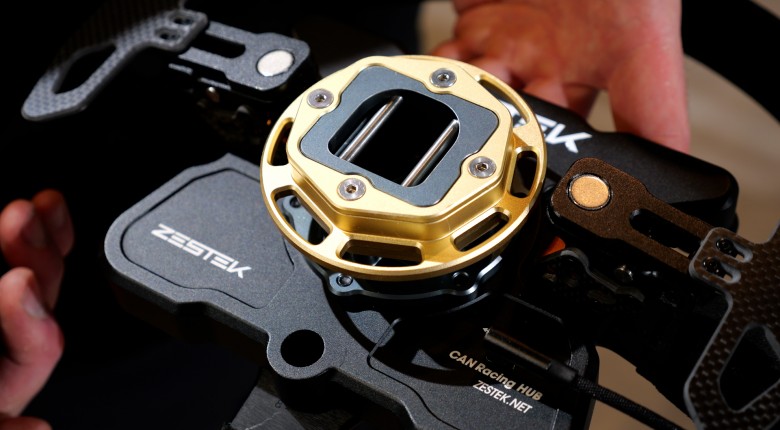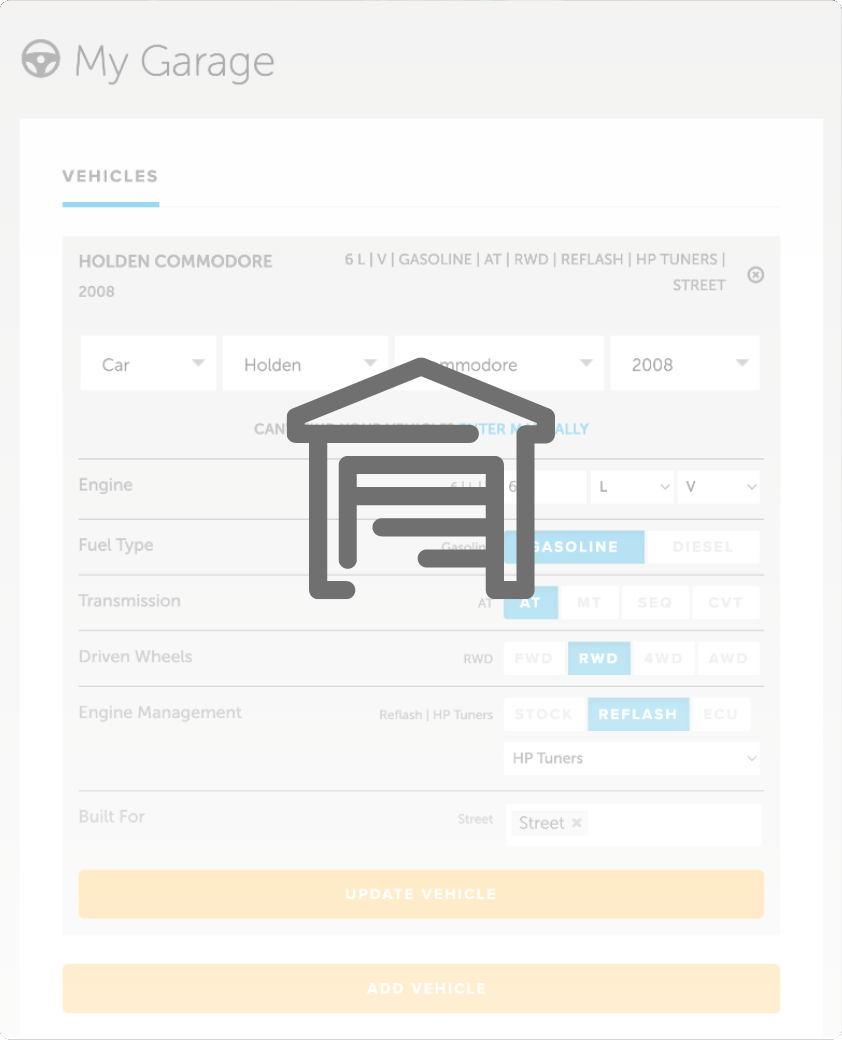Say goodbye to messy, curly cords and more potential failure points.
Steering wheel-mounted controls make it easier to adjust key functions on the fly, but getting those signals from the wheel to the car is not as simple as it sounds. Running multiple wires through a rotating steering column is unreliable, time-consuming, and they can be prone to failure due to the nature of their use. Zestek has developed a CAN-based steering wheel PCB solution (CAN hub) that simplifies installation, reduces wiring complexity, and integrates seamlessly with MoTeC ECUs, dashes, and PDMs.
With only four wires required for full functionality (CAN high, CAN low, power, and ground), this system eliminates the need for bulky wiring looms. The pogo pin system built into the quick-release hub provides a clean and hassle-free connection, removing the need for traditional curly cords. A pre-configured DBC file is available for MoTeC users (and we're sure more in the future), while others can configure the CAN signals using a spreadsheet for quick setup.
Each button and switch is fully customizable, including momentary and latching functions, as well as full-spectrum RGB LED feedback. Paddles can be used for more than just shifting, allowing functions like anti-lag, launch control, and nitrous activation. It is also sim racing compatible, making it easy to use the same wheel for both real and virtual driving while you wait out the winter weather.
------------------------------------
TIME STAMPS:
0:00 - Zac Zhou - Zestek
0:35 - Goal: Easier Solution
1:25 - CAN Bus Simplification
1:53 - What Are Pogo Pins?
2:56 - CAN to ?
3:25 - DBC/Preset
3:45 - CAN Spreadsheet
4:03 - Pit Limiter Example
4:38 - Lighting
5:04 - Uee Examples
5:45 - Paddles For Shifting Or Function
6:20 - DTC Or Airshift Flexibility
6:40 - Quick Release Alternative
7:12 - Pricing
7:22 - Sim Racing
8:06 - Thanks Zac!
8:57 - BUILD.TUNE.DRIVE







Comments
No one has commented on this page yet.